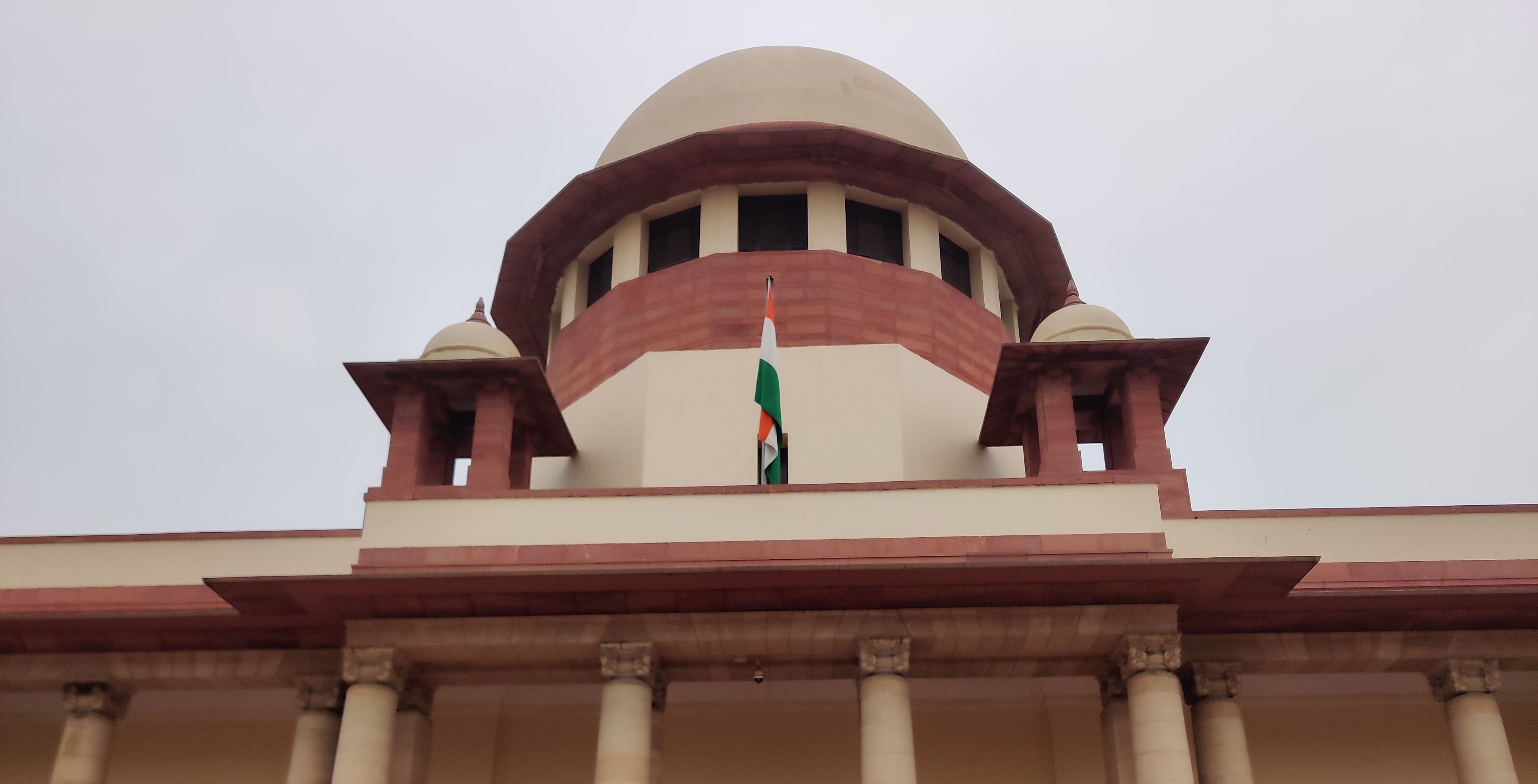 Dispatches
DispatchesIndia Chief Correspondent Neelabh Bist reports for JURIST from New Delhi on recent remarks by Chief Justice of India NV Ramana highlighting the dramatic disparity in the current gender balance of the Indian judiciary and calling for equal representation of men and women.
The Chief Justice of India, Justice NV Ramana, displayed his disappointment Tuesday on the low representation of women at all levels in India’s legal field during a felicitation ceremony organized for Justice Hima Kohli by Women in Law & Litigation.
The Chief Justice quoted the late US Supreme Court Justice Ruth Bader Ginsburg that “women belong in all places where decisions are being made. It shouldn’t be that women are the exception.”
Chief Justice Ramana has long been an avid supporter of adequate representation of women in the judiciary, and spoke at length about their higher representation in that institution. He promised to raise the need of 50% representation of women in the judiciary with the Collegium (which decides the appointment of judges in India) in view of the under-representation of women.
The poor representation of women in the judiciary of the different states in India is disturbing. Female representation in the lower judiciary currently amounts to 30%, whereas in Indian high courts the number is much lower at 11.5%. Currently only 12% of judges in the Supreme Court are women. The Chief Justice mentioned that out of 1.7 million advocates in the country, only 15% are women and only 2% of the elected representatives in the State Bar Councils are women.
Shockingly there is no female representation in the Bar Council of India. To improve this, the Chief Justice encouraged women to take up litigation after graduating law and also emphasized creating a friendly environment in courtrooms for women. He called for gender diversity in legal education to be accomplished by encouraging reservations for women at varied levels in the legal institutions of the country, starting from seats in law schools and universities.
Reminding women litigators that their representation in the judiciary is a matter of their right and not of charity, Chief Justice Ramana said that he has had a related conversation with the Government regarding the same and has further discussed the Government’s role in it. He also stated that his colleagues at the collegium share similar views and ‘are determined to bridge the gap in the higher judiciary’.
Talking about barriers that women face in the profession, the Chief Justice strongly condemned the prevalence of gender stereotypes and social attitude about the role of women in society. He also mentioned the lack of appropriate judicial infrastructure such as cramped courtrooms, absence of restrooms for women, and lack of childcare facilities, all of which act as a deterrent for women to enter the profession. The Chief Justice informed that according to a survey taken under his directions, it was found that out of 6,000 trial courts nearly 22% have no restroom facilities for women.
Therefore, the need of the hour is to break down the structural barriers that inhibit the growth of women in the legal fraternity in India. This includes catering to the needs that would provide women a level playing field in the profession. Only recently, a group of women lawyers made a representation to the Justices at the Supreme Court to continue the hybrid model of court proceedings instead of switching back to physical hearing. Calling the switch to digital proceedings as a blessing in disguise for them, they noted that it had helped them balance competing demands of the profession and their family obligations. Paying heed to such requests would facilitate a more inclusive system.
The Chief Justice has on several previous occasions pressed for the need to form a National Judicial Infrastructure Corporation to introduce inclusive designs for court complexes with a welcoming environment. If this comes to fruition soon, it would certainly prove to be a big step towards boosting the participation of women in the legal profession. And the inclusion of women as judges and lawyers in the judicial system, by the words of the Chief Justice, would bring better perspective to India’s law and substantially improve the justice delivery system of the country.

